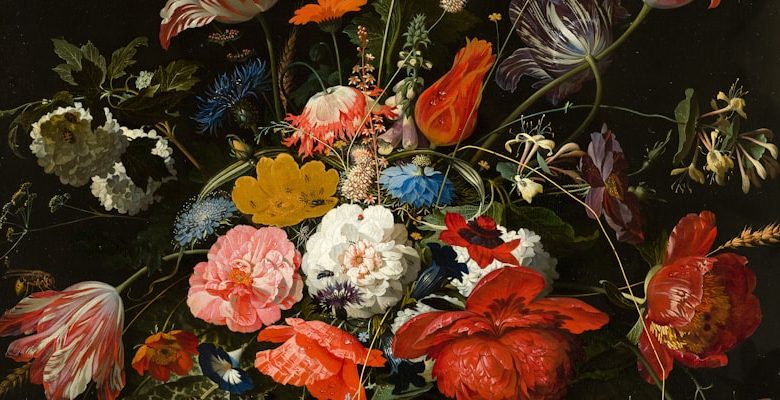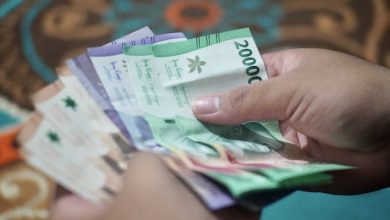How NFTs are Transforming the Art and Collectibles Market

- Understanding NFTs and their impact on the art world
- Exploring the role of blockchain technology in revolutionizing collectibles
- The rise of digital ownership: NFTs and their place in the art market
- Challenges and opportunities for artists in the age of NFTs
- NFTs: A new era for art authentication and provenance
- From traditional to digital: How NFTs are reshaping the art and collectibles landscape
Understanding NFTs and their impact on the art world
NFTs, or non-fungible tokens, have been making waves in the art world, revolutionizing how art is bought and sold. These digital assets represent ownership of a unique piece of art or collectible, using blockchain technology to verify authenticity and provenance.
NFTs have opened up new opportunities for artists to showcase their work to a global audience, without the need for traditional galleries or intermediaries. This has led to a democratization of the art market, allowing artists to connect directly with collectors and fans.
The impact of NFTs on the art world has been significant, with high-profile sales garnering attention from mainstream media and sparking debate among art critics and collectors. Some see NFTs as a new way for artists to monetize their work, while others are skeptical of the long-term value of digital art.
Despite the controversy, NFTs have brought much-needed innovation to an industry that has long been resistant to change. As more artists and collectors embrace this technology, the art world is poised for a digital transformation that could reshape the way we buy, sell, and appreciate art for years to come.
Exploring the role of blockchain technology in revolutionizing collectibles
Blockchain technology has emerged as a game-changer in the world of collectibles, offering a secure and transparent way to authenticate and transfer ownership of digital assets. By leveraging blockchain, Non-Fungible Tokens (NFTs) have revolutionized the art and collectibles market, providing a unique and verifiable digital representation of tangible or intangible items.
One of the key advantages of blockchain technology in the realm of collectibles is its ability to create scarcity and provenance for digital assets. Through the use of smart contracts, NFTs can be programmed to have a limited supply, ensuring that each item is one-of-a-kind and cannot be duplicated or counterfeited.
Additionally, blockchain technology allows for the seamless transfer of ownership between collectors, eliminating the need for intermediaries and reducing the risk of fraud. This peer-to-peer exchange of NFTs ensures that transactions are secure and transparent, bolstering trust within the collectibles market.
Furthermore, by immutably recording each transaction on the blockchain, the entire history of an NFT can be traced back to its origin, providing collectors with a complete and verifiable ownership trail. This level of transparency not only adds value to collectibles but also enhances the overall user experience for buyers and sellers alike.
The rise of digital ownership: NFTs and their place in the art market
With the advent of NFTs, digital ownership has seen a significant rise in the art market. Non-fungible tokens have revolutionized the way art and collectibles are bought and sold, allowing for unique digital assets to be authenticated and owned securely on the blockchain. This emerging technology has opened up new possibilities for artists, collectors, and investors alike, creating a digital marketplace that transcends traditional physical limitations.
Challenges and opportunities for artists in the age of NFTs
As NFTs continue to gain popularity in the art and collectibles market, artists are faced with both challenges and opportunities in this new digital landscape. One major challenge for artists is the increased competition as more individuals enter the market to create and sell NFTs. This saturation can make it harder for artists to stand out and attract buyers to their work. However, this also presents an opportunity for artists to explore new ways to differentiate themselves and showcase their unique style and creativity.
Another challenge for artists in the age of NFTs is the issue of copyright and ownership. With the decentralized nature of blockchain technology, there are concerns about unauthorized duplication and distribution of digital artwork. Artists need to understand how to protect their intellectual property rights and ensure that their work is not being exploited without their consent. On the flip side, the use of blockchain technology also offers opportunities for artists to securely establish ownership of their creations and track their provenance, providing transparency and authenticity to potential buyers.
One of the key opportunities for artists in the NFT space is the ability to reach a global audience without the limitations of traditional galleries or physical art shows. Through online platforms and marketplaces, artists can connect directly with collectors and art enthusiasts from around the world, expanding their reach and visibility. This democratization of the art market allows artists to gain recognition and support from a diverse audience, potentially leading to greater success and financial rewards.
NFTs: A new era for art authentication and provenance
NFTs are revolutionizing the way art is authenticated and its provenance is verified. By utilizing blockchain technology, NFTs provide a secure and transparent way to track ownership and transfer of digital artworks. This innovation has brought a new level of trust and authenticity to the art market, as each NFT is unique and cannot be replicated or forged.
Artists and collectors are increasingly turning to NFTs as a means to establish the authenticity and originality of their work. With the use of smart contracts, NFTs can include details such as the artist’s signature, creation date, and even information about previous owners. This not only adds value to the artwork but also creates a digital trail that can be traced back to the artist.
Furthermore, NFTs enable artists to receive royalties every time their work is resold, providing them with a continuous stream of income. This feature has been particularly appealing to artists who have historically struggled to monetize their art beyond the initial sale. By tokenizing their work, artists can benefit from the appreciation of their art over time, ensuring that they are fairly compensated for their creativity.
From traditional to digital: How NFTs are reshaping the art and collectibles landscape
As the art and collectibles market continues to evolve, there has been a noticeable shift from traditional methods to digital platforms. One of the most significant developments in this space is the rise of Non-Fungible Tokens (NFTs), which have been reshaping the landscape in unprecedented ways.
NFTs are unique digital assets that are stored on a blockchain, making them one-of-a-kind and easily verifiable. This technology has opened up new opportunities for artists and collectors alike, allowing them to buy, sell, and trade digital art and collectibles in a secure and transparent manner.
With NFTs, artists can tokenize their work, giving them the ability to retain ownership and control over their creations. This has revolutionized the way art is bought and sold, eliminating the need for intermediaries and allowing artists to reach a global audience directly.
Collectors are also benefiting from the rise of NFTs, as they can now own unique pieces of digital art and collectibles that can be easily authenticated and traded on various online marketplaces. This has created a new sense of excitement and exclusivity in the art world, attracting a new generation of collectors to the scene.



